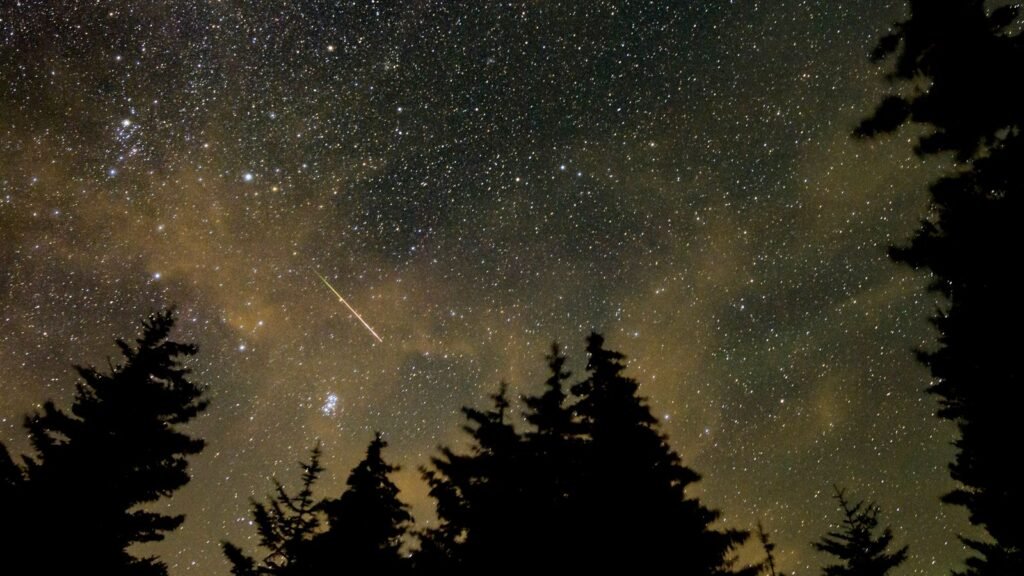How and when to watch the Perseid meteor shower - with up to 100 shooting stars per hour
When's best to catch the show?
If you can stay up, the Royal Observatory of Greenwich recommends between midnight and 5.30am on Sunday
That’s when the sky is darkest and the meteors will be at their highest position in the sky.
But as Perseid is always above the horizon from the UK, you should be able to some meteors from sunset.
Experts suggest it’s best to try to spot them when the moon is below the horizon or when it’s in its crescent phase, because otherwise it acts as natural light pollution and will prevent fainter meteors from being visible.
Of course, moon or otherwise, the less light pollution the better – you won’t have as much luck looking up from the busy streets of central London as you would from an open field.

Any other advice for a good view?
As summer approaches, one of the most anticipated astronomical phenomena is about to occur; the Perseid meteor shower.
It’s a stunning display that can be viewed best in the northern hemisphere, and you don’t need any special equipment, unlike some of the rare comet sightings that we’ve been blessed with this year.
Observing the Perseid meteor shower is a great opportunity to marvel at the wonders of the universe with the naked eye, although a comfortable reclining chair would certainly come in handy. To avoid light pollution, it’s best to head out to the countryside, or maybe just a park or garden near you.
The Royal Observatory of Greenwich recommends giving your eyes fifteen minutes to adjust to the darkness.
Make sure to turn off your phone and enjoy the stunning display. Unfortunately, the weather may predict cloudy skies in some areas, but do not worry as the shower will run for over a week. So, if it doesn’t happen for you this weekend, you have plenty of time to catch it!


